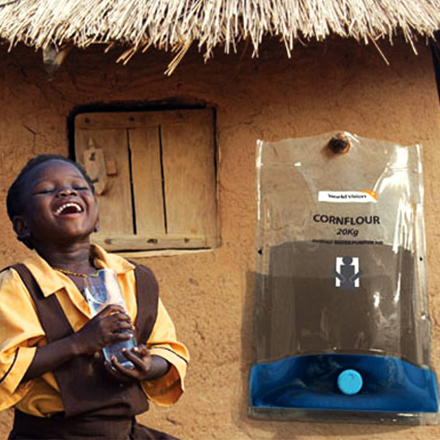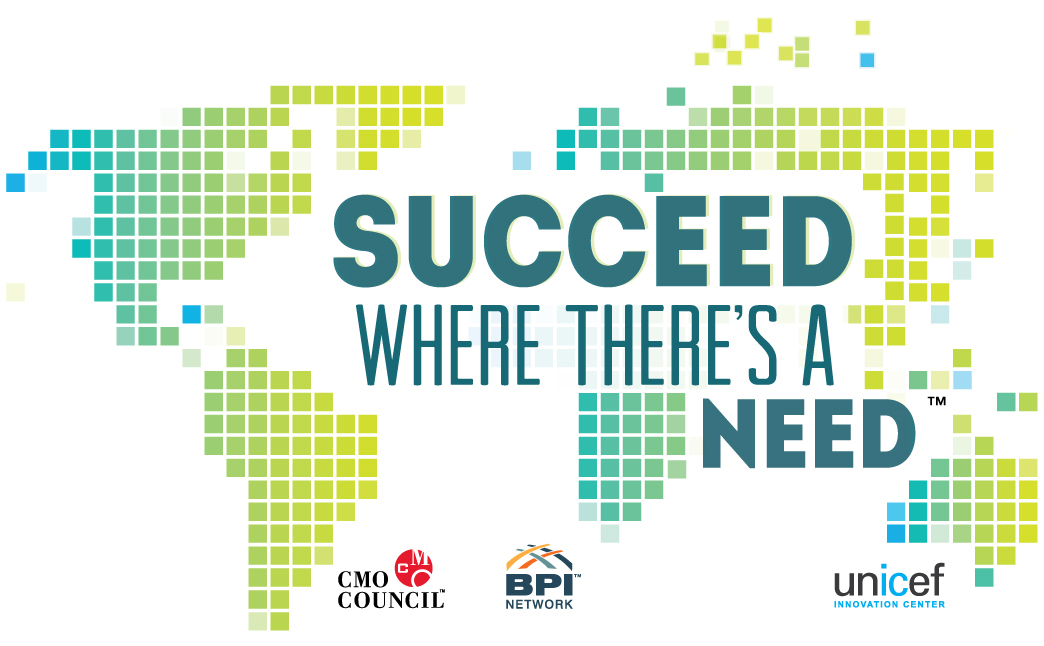Tech Inspirations
Life Sack
 Need
Need
1.1 million people worldwide lack access to clean water.
Succeed In many areas of the world the water crisis is not an issue of scarcity — it’s an issue of providing access to a clean supply. To assist the third world in confronting this issue, three industrial designers — Jung Uk Park, Myeong Hoon Lee, and Dae Youl Lee — have come up with the Life Sack, an ingenious water purification device that doubles as a container for shipping grains and other food staples. Once the food has been received, the sack can be used as a solar water purification kit.
To filter contaminated water the Life Sack uses SODIS (Solar Water Disinfection Process) technology: UV-A-radiation and the bag’s thermal treatment process work together to kill deadly microorganisms and bacteria in water. As an added bonus, the sack can also be worn as a backpack for quick and easy movement from the source to the community, and carries up to 20 litres of water.
Jung Uk Park, Myeong Hoon Lee, and Dae Youl Lee are the industrial designers behind Life Sack- the ingenious water purification device. Outraged by the existence of so many starving communities with no access to clean water, these three Korean designers put their heads together to see how they could easily create an impact that would have scalability and massive reach. They saw that many NGOs were delivering food to remote communities through conventional bags. The designers knew that they could create a better bag that could do so much more. So they created the Life Sack, and went to NGOs to have them replace their conventional food bags with a Life Sack. The Life Sack could be used to ship grains and other food staples, but then comes the innovative part. Once the communities stored the food, the bag could work as a water purifier. These innovators saw a need, and understood that they could do more with what was already in existence. By replacing conventional bags, these innovators not only allow for convenient food supply to remote communities, but the simple purification of their drinking water.



